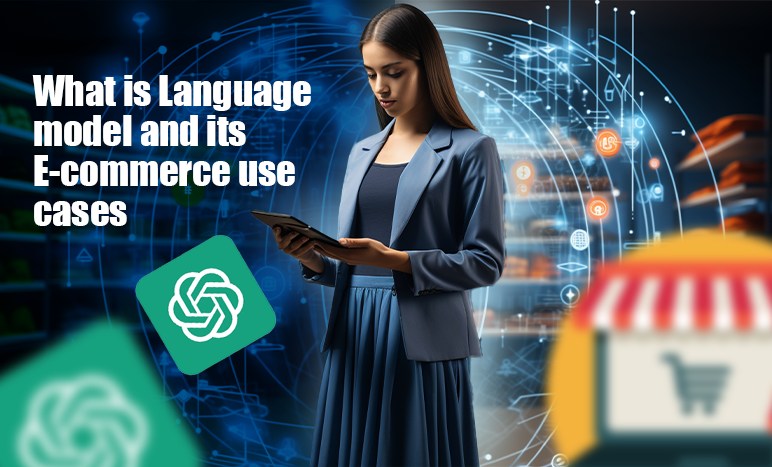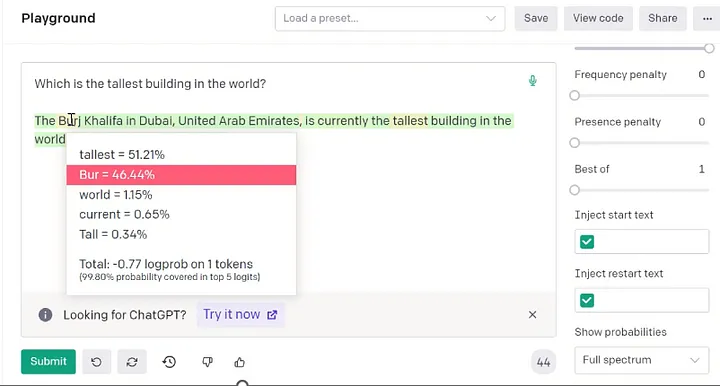What is Language model and its E-commerce use cases

Generative AI has many use cases across industries. Many leaders are confused due to many new buzzwords like LLM, pre-trained model, transfer learning, RAG, etc.
In this article, we are going to explain what a large language model is and how our fine-tuned model (transfer learning) will add value to business.
Let's say you are the parents of Sam. He is a 4-year-old boy, and you want to prepare him for a school interview. Now you will start teaching basic questions & answers, and you will ask Sam to repeat them. So that he can clear the interview.
Examples(question & answer)
What is your name — My name is Sam, How old are you — I am 4 years old
I hope you can relate to it. This is how our biological neurons learn. The current state of AI is not near to our biological neurons but for understanding AI concepts, it is a great co-relation.
It understands the relationship between words. Once you asked Sam “What is your name” his biological neuron found what is the next word to answer and it started answering in word sequence.
In math, this is called probability. In Nutshell, it is a probability of word sequence which Sam has learned. This is called a language model which knows different words in a dictionary and understands the relationship between words. Day by day Sam will learn new terms and update his dictionary to answer well.

This is what the ChatGPT model also does. It has strong knowledge about words and their relationship. It is just a game of probability of the next words.

I hope by now you have understood what is language model but buzzword is a large language model. Large indicates huge data on which a large language model had trained. It is the same as Sam have a multiple PhD holder and he can answer from different fields and topics.
Let's understand another buzzword transfer learning by Sam's education journey Let's say, Sam had learned Match, English, and science in high school. Now he wants to pursue a specialisation in science, commerce or Arts etc.

Author: Gautam Roy
His knowledge about English, math & science is called pre-trained models(like we have open source /commercial models like GPT 3.5, T5, BERT, and Llama family models).
Pursuing specialization is called a fine-tuning model on your domain data. It same as Sam studying arts & its technique in his specialisation & become an artist. Using his math knowledge while learning an art called Transfer learning.

Now we have explored the fundamental roles of large language models (LLMs) in various industries, let’s delve into their transformative impact on the e-commerce sector. For both B2B (Business-to-Business) and B2C (Business-to-Consumer) marketplaces and stores , the integration of Generative AI can enhance customer experiences, and optimize sales and marketing strategies.
1. Personalized Shopping Experiences:
Just as Sam learns to answer more complex questions over time, LLMs can be fine-tuned to understand and predict consumer behavior. For B2C companies, this means delivering personalized shopping experiences. By analyzing customer data, such as browsing history and past purchases, Generative AI can suggest products that are tailored to each customer’s unique tastes and needs, significantly enhancing the likelihood of purchase and improving the customer online experience.
2. Automated Marketing Campaigns:
Generative AI can transform how B2B and B2C e-commerce platforms conduct their marketing campaigns. By analyzing current market trends, past campaign performances, and consumer data, Generative AI can support creating different versions of marketing content, from emails to social media posts. This not only helps in optimizing marketing strategies but also allows companies to personalize campaigns at an individual customer level, ensuring higher engagement and conversion rates.
3. Enhanced Content Creation:
Product descriptions, blogs, and promotional emails are crucial in e-commerce for capturing customer interest and improving SEO. Generative AI can facilitate and scale content creation, generating appealing, SEO-friendly product descriptions and informative articles that draw in more traffic and engage customers more effectively.
4. Customer Service Automation:
Both B2B and B2C sectors can benefit from AI-driven customer service. Generative AI, fine-tuned on specific customer service interactions and FAQs, can power chatbots that handle inquiries, resolve common issues, and provide instant support 24/7. This not only enhances customer satisfaction but also reduces the workload on human agents.




